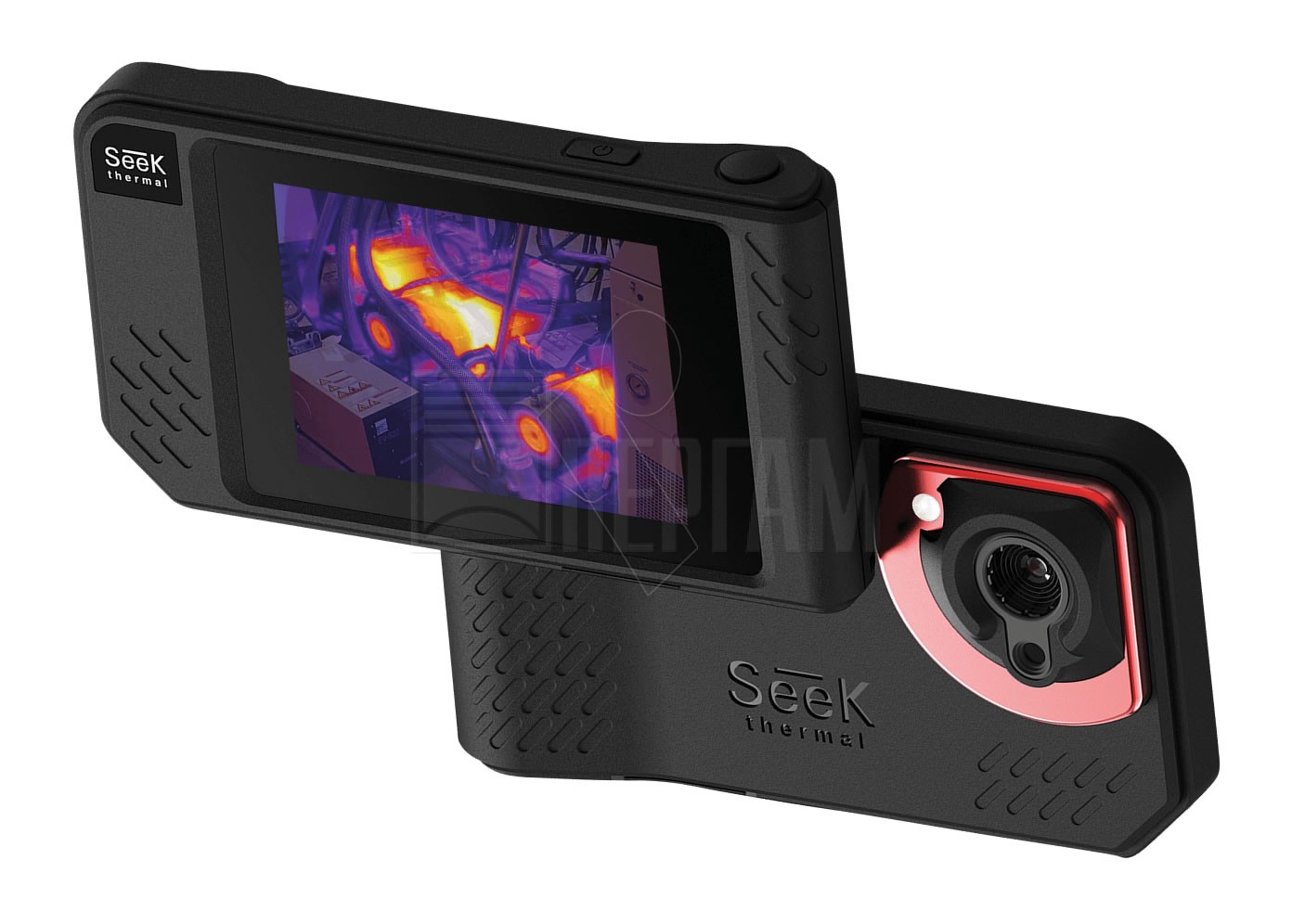

In your browser, on another computer within the same network, connect to the given address.
Shotpro pc install#
After the install is complete your screen should look something like this: When installing on multiple computers for use in a cluster be sure to give them different hostnames so you don’t have to go back later to change them. Booting the Lenovo Nano from the Proxmox installation device we just created will start the Proxmox install, just follow the instructions.
Shotpro pc iso#
Installing Proxmox is quite simple, download the latest Proxmox iso from the Proxmox website and write it to a USB device.
Shotpro pc full#
The two NVMe M.2 slots really won us over though, since it allowed us to pack each Nano full of flash and avoid the use of hard drives. Overall though the M90n platform proved to be optimally suited for a low-cost, low-power, and small-footprint homelab platform. Again this was more of after we ran them at high storage and CPU loads we noticed things heating up. A spacer or other type of insulating block if you want to stack them would probably address this.

Using our Seek ShotPRO camera we took a look at the Nanos under load.Īs we started pushing the limits of our M90n cluster, we noticed the hotspots on the case roughly aligned with the intake port when you start stacking these. This means running it on a nice flat surface, making sure air intakes and outlets are unblocked, and maybe considering not stacking them. While skipping ahead slightly, it is important to note that when you start pushing little hardware such as the Lenovo M90n cluster to its peak, you need to make sure airflow and thermals are taken into consideration. While we’re using the standard M90n here, Lenovo does offer an IoT version that’s fanless and happens to offer a second NIC, but less onboard DRAM. The flexibility of these little systems to offer two SSD bays makes them really interesting for this type of lab work. When our cluster is complete it will have access to 24 cores, 24GB of RAM, and around 3.5TB of NVMe storage. Our 3 Lenovo ThinkCentre M90n’s are kitted out with 8 th gen Intel i5-8265U processors, 8GB of DDR4 RAM, and 2 NVMe drives each. We’ve been a bit slow to check out the updated platform this tiny cluster was a perfect excuse. Proxmox VE was recently updated to version 6.3 as well. Unlike ESXi, Proxmox supports the I219-LM Ethernet card making setting up our 3-node M90n ThinkCentre cluster a breeze.
Shotpro pc drivers#
It is also the solution to the unsupported Ethernet drivers in ESXi. Proxmox VE is an ideal choice for homelabbers who want to run hypervisors on consumer-grade equipment. Unfortunately, the NIC drivers that are not officially supported are unreliable at best so we sought an alternative. ESXi requires a supported Ethernet adapter to be present to complete the install, the I219-LM Ethernet card built into the M90n is unsupported by ESXi, but can be made to work with a custom ESXi image with additional drivers for USB NICs. When setting up a hypervisor cluster VMware ESXi and vSphere are usually the first choices, however, when consumer hardware comes into play complications start to arise. While creating tiny clusters comes with compromises, we think this solution is an excellent combination of performance and price, which makes this Proxmox solution excellent as a learning/dev cluster or even a serious contender for lightweight edge/retail computing. Using Lenovo ThinkCentre m90n’s, we can demonstrate the amount of computational power and storage performance, that can be fit in an area half the size of a shoebox. We’ve been impressed by the Lenovo Nano line of PCs, so we snagged three more for this experiment. With this lab effort, we wanted to create a tiny but powerful 3-node Proxmox VE 6.3 cluster.


 0 kommentar(er)
0 kommentar(er)
